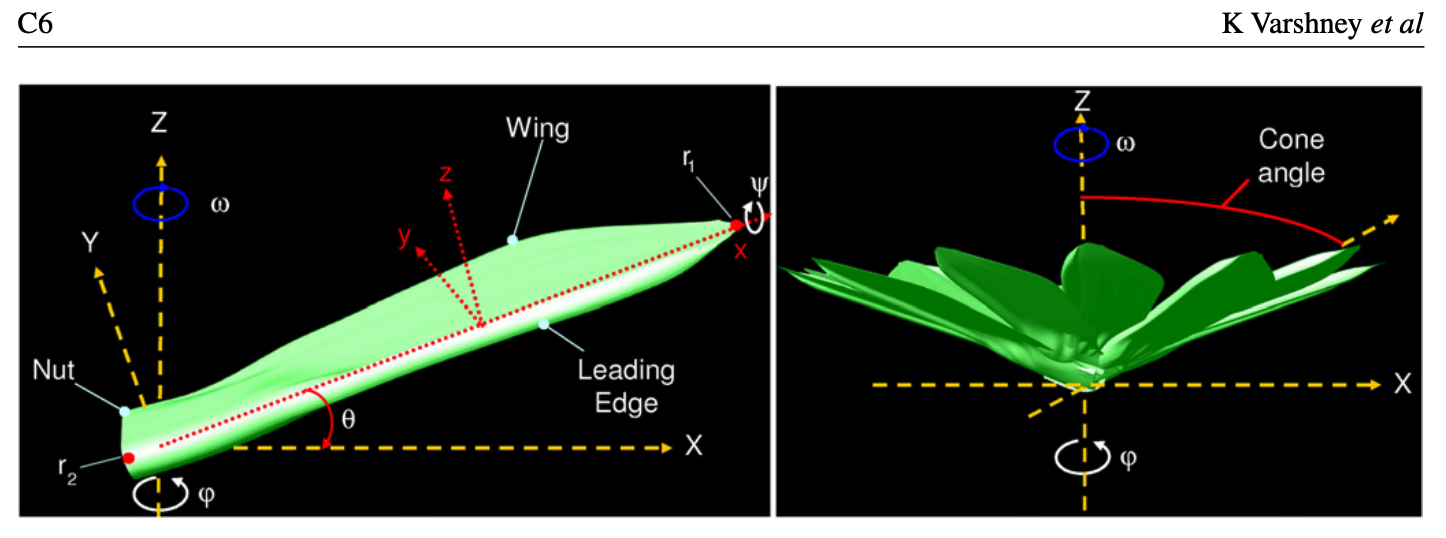Example emergent DNA
Joachim: Bongi, can I suggest to only use the Samara fruit analogy here (the leaf, the shape, the aerodynamics etc) and converge (see my earlier comment)?
Bongi: Can't see earlier comment. Sure. Removed. Contacted @Trent to add fruit analogy here :)
When I was younger, I always loved playing with samara seeds. I would collect them up – careful not to damage them, and drop them from the highest place I could find. Noticing as they topple for just a moment then, with an almost eerie certainty, "floop!" right into rhythm copter-ing gently on down... landing softly on the grass as I swiftly release the breath I'd been grasping onto. Stillness. Softness. Safety. Certainty.
There is Peace within that Patience. There is Joy & Excitement, anticipating each samara's transition to its own personal fall/drama into flow.
The Drama, that's it.
The drama is that story being played out in "real-time", suspended within those critical moments of transition... trusting that yes even this damaged/misshapen/puny/enormous/ugly one's leading edge, does indeed, have the Life Source encoding necessary for what Life Itself intends.
A maple seed falls in a characteristic helical motion. Q:How the seed settles into its steady descent? A crude analogy of a wind turbine suggests that the torque due to aerodynamic force would initiate the gyration of the seed. "A surprise came when we cut off much of the wing of a maple seed and found that the seed still gyrated about the vertical axis. This immediately suggests that the cause of the gyration has little to do with the steady-state aerodynamic torque." "In fact, a seed with only a sliver of leading edge can still gyrate." (However, if the aerodynamic force is completely absent, a seed would fall from rest like a rock in a vacuum.) OBSERVATION It seems the "initial transition from rest to a steady gyration occurs in three steps": a tumble about the span-wise direction, followed by a tilt towards the vertical axis, leading to the gyration about the vertical axis and an opening of the cone angle before finally settling into a steady state.
CONCLUSION The 3 essential ingredients that lead to the helical motion #First is the "asymmetric mass distribution" of the seed, with the centre of mass "far away from the centroid" of the seed. #Second is the "aerodynamic damping that initiates a tilt" of the seed which eventually "evolves into a helical motion due to the rigid-body dynamics." #Third is the "aerodynamic force in the steady state" that "balances the weight of the seed and the centrifugal force." It appears it is "the subtle coupling between the initial aerodynamic torque & the rigid-body dynamics" that distinguishes this case from all the other autorotational mechanisms.


